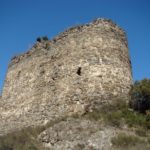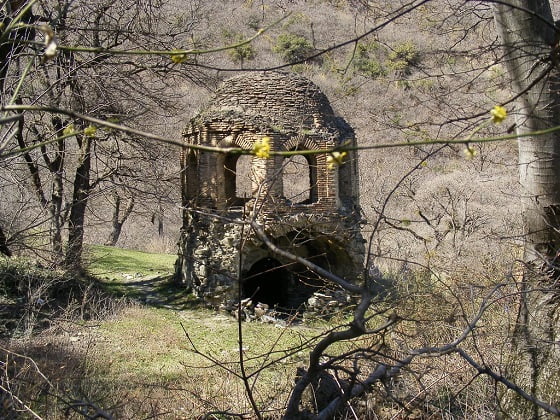
Archeological place – Armaziskhevi
History of the city
Armaziskhevi is archeological place situated on the right tributary of the Kura River and is 3km west of Mtskheta railway station. This place is unique for its archeological importance.
The Bronze-early Iron Age
Firstly, as a result of archeological excavations conducted near the influx of the Armaziskhevi archeologists revealed a cemetery dating back to the late Bronze-early Iron Age., 2nd -4th cc.
The cemetery contained tombs of Georgian nobles Pitiakhshes.
Also, they were of three types: Tile graves, sarcophagi and a grave of mausoleum type.
In addition, there were as well ruins of a palace complex, a bath house, remains of water pipeline, a ceramics workshop and a wine cellar.
The Graves
Graves dating back to 2nd-3rd cc. AD were especially rich in content:
A gold belt, a gold sheath of dagger, diadems, necklaces, earrings, bracelets, finger-rings, arm-rings etc were discovered at this place.
Gold artifacts were decorated by precious stones among them were diamond, emerald, malachite, sapphire, greenstone etc.
These items had inscriptions mentioning the names of important people, such as Pitiakhshes and their wives etc.
the Sarmazian bilingual
Items of world importance are two stelaes found at this site.
The first is bilingual (Greek-Aramaic) epitaph-so-called Sarmazian bilingual.
The second is monolingual stela with Aramiac inscriptions narrating about the Georgians’ victory in Armenia in the middle of the 1st century AD.
